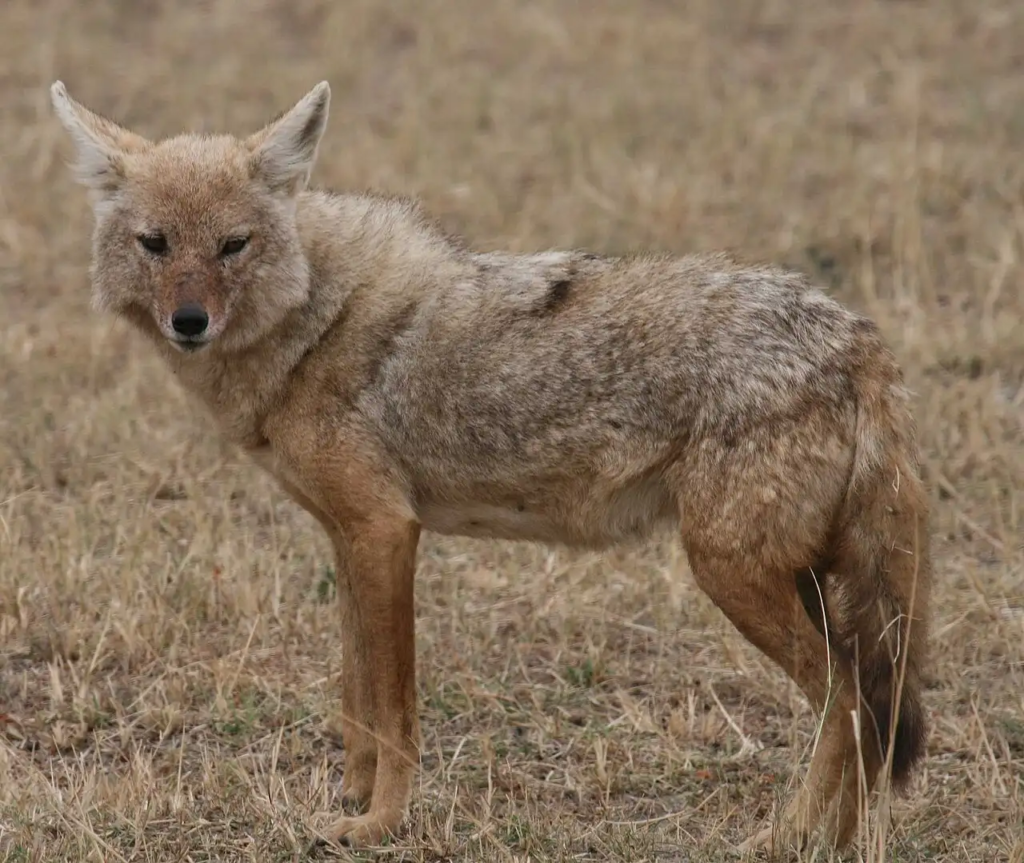Canines, also called canids, are members of the dog family Canidae. Their excellent sense of smell allows them to track prey, identify other canines, and more. This article summarizes canine habitats, reproduction, and conservation status.

Physical Features
- 34 extant species in the Canidae family
- Includes dogs, wolves, coyotes, foxes, jackals, dingoes
- Excellent sense of smell used for finding food, tracking, identification
- Lack sweat glands, so pant to control temperature
- Some species howl to communicate and warn off competitors
Habitats
| Species | Habitat |
|---|---|
| Gray wolf | Native to North America, Europe, Asia |
| Red fox | Widest distribution of any canid, across entire Northern Hemisphere |
| Fennec fox | Native to the Sahara of North Africa |
| Dingo | Introduced to Australia by humans |
- Smallest: Fennec fox (~3 lbs)
- Largest: Gray wolf (up to 175 lbs)
- Carnivorous pack hunters live in social groups called packs
- Exceptions: Coyotes (hunt alone or in pairs) and foxes (solitary, omnivorous)
Reproduction
- Gestation: 50-80 days
- Litter size: 4-20 offspring
- Nursing: 4-6 weeks
- Sexual maturity: 1 year (small species), 2+ years (large species like wolves)
Conservation Status
- African wild dog: Only canid with mottled fur, strong bite. Endangered.
- Other endangered species: African wild dog, dhole, red wolf
- Threats: Habitat loss, hunting, human activity
This covers some key details on the habitats, features, reproduction, and conservation status of canines.
